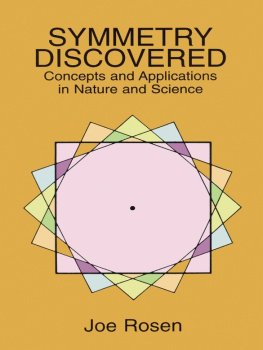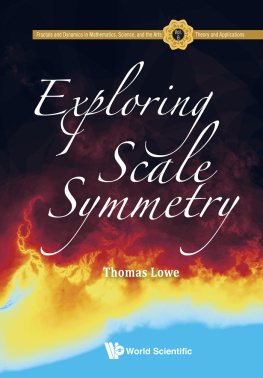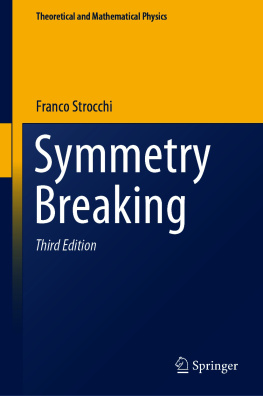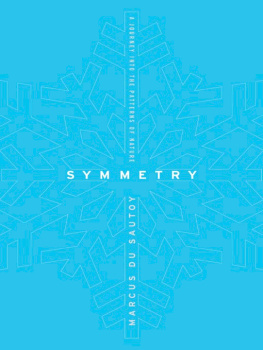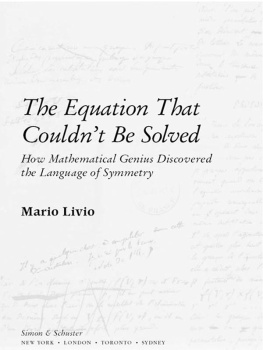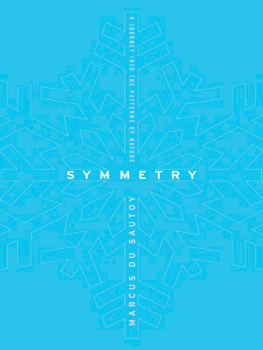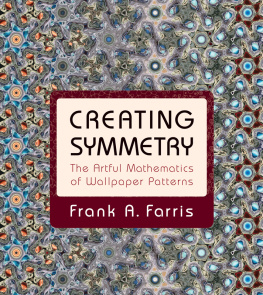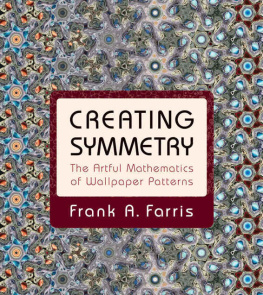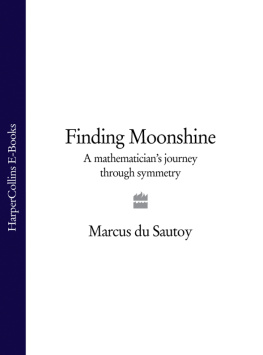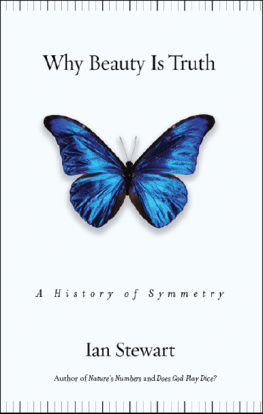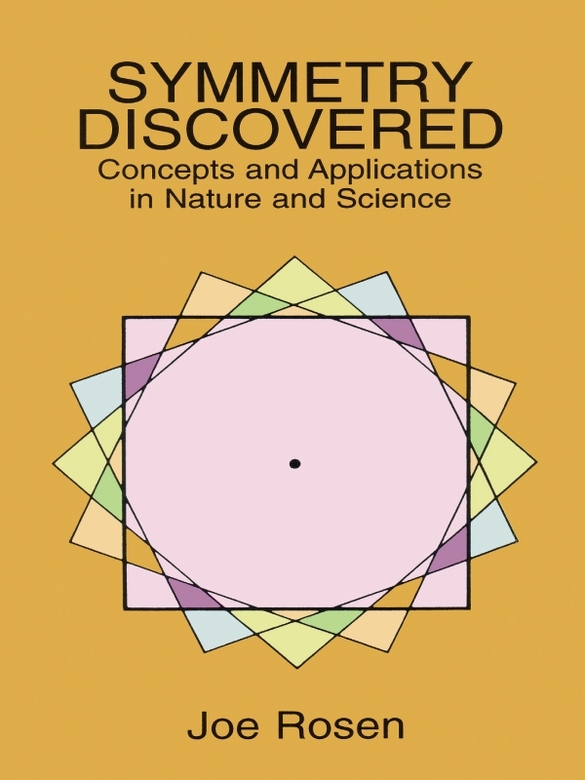Bibliography
Owl could spell his own name WOL, and he could spell Tuesday so that you knew it wasnt Wednesday, and he could read quite comfortably when you werent looking over his shoulder and saying Well? all the time, and he could
Well? said Rabbit.
(A.A. Milne: The House at Pooh Corner )
No claim is made for completeness of this bibliography. The entries consist of books, articles and films that I have read, viewed, come across in libraries, read reviews of, or seen references to, and which I consider relevant to the text and not more difficult than a certain vaguely defined level of difficulty. For the purpose of this book the entries are classified according to a rather unsystematic but convenient list of subjects. Each entry was assigned to a main subject and possibly a number of minor subjects and appears under its main subject with its minor subjects, if any, listed in parentheses following the entry. The minor subjects are cross-referenced. Each subject is indicated by a mnemonic abbreviation, and the subjects are arranged in alphabetical order of their mnemonics. References in the text have the form (ART, 5), meaning the fifth entry under the subject Symmetry in art, whose mnemonic is ART. The order of listing of entries under each subject is of no significance.
I will be grateful for suggestions of possible additions to this bibliography.
ANTIAntimatter
- H. Alfvn: WorldsAntiworlds: Antimatter in Cosmology (W.H. Freeman and Co., 1966). (COS)
- H. Alfvn, Antimatter and Cosmology, Scientific American, vol. 216, no. 4, p. 106 (April 1967). (COS)
- L.C. Hall and C.G. Mena: Anti-Matter (Animation Workshop and Physics Department, University of California at Los Angeles, 1973). This is a 12-minute color film with sound.
EXC, 1; PART, 8, 10, 11, 14; PHYS, 10, 13, 14; REF, 1; SCI, 4; TIM, 2, 4.
APROXApproximate symmetry
PART, 10; PHYS, 9, 13, 14.
ARTSymmetry in art
- E.B. Edwards: Pattern and Design with Dynamic Symmetry (Dover Publications, 1967, onginally published 1932).
- M.C. Escher: The Graphic Work (Hawthorn Books, 1967) and The World of M.C. Escher (Harry N. Abrams, 1971).
- J. Hambidge: The Elements of Dynamic Symmetry (Dover Publications, 1967, originally published 1926).
- J. Hambidge: Practical Applications of Dynamic Symmetry (Devin-Adair Co., 1965
- E.E. Helm: The vibrating string of the Pythagorcans, Scientific American, vol. 217, no. 6, p. 92 (December 1967).
- C.H. MacGillavry: Symmetry Aspects of M. C. Eschers Periodic Drawings (A. Oosthock, 1965). (CRYS, COL)
- J. Schillinger: The Mathematical Basis of the Arts (Johnson Reprint, 1948).
- G.D. Birkhoff, Aesthetic Measure (Cambridge, 1933, out of print): A mathematical theory of aesthetics and its application to poetry and music, The Rice Institute Pamphlet, vol. 19, no. 3 (July 1932); A mathematical approach to aesthetics, Scientia, vol. 50. p. 133 (1931); and Mathematics of aesthetics, reprinted in J.R. Newman: The World of Mathematics (Simon and Schuster, 1956), vol. 4, p. 2185.
- O. Jones: Grammar of Ornament (Van Nostrand Reinhold Co., 1972, originally put lished 1856).
- G. Kepes (editor): Module, Proportion, Symmetry, Rhythm (George Braziller, 1966). (CRYS, LIV, POLY)
- M. Ghyka: The Geometry of Art and Life (Shecd and Ward, 1946). (LIV, POLY)
SYM, 1.
COLColor symmetry
- A.V. Shubnikov, N.V. Belov and others: Colored Symmetry (Pergamon Press, 1964). (CRYS, GEO, GRP, POLY)
- A.L. Loeb: Color and Symmetry (John Wiley and Sons, 1971). (CRYS, GEO)
CONSConservation laws
- G. Feinberg and M. Goldhaber: The conservation laws of physics, Scientific American, vol. 209, no. 4, p. 36 (October 1963). (PART)
- E.P. Wigner: Symmetry and conservation laws, Proceedings of the National Academy of Sciences, vol. 51, no. 5 (May 1964), reprinted in Symmetries and Reflections (PHYS, 6). (PHYS)
- J. Aharoni: Lectures on Mechanics (Oxford University Press, 1972). (REL)
PART, 1, 2, 4, 6, 14; PHYS, 7, 9, 13, 14.
COSCosmology, astronomy and astrophysics
- H. Bondi: The Universe at Large (Doubleday and Co., 1960).
- G. Gamow: The Creation of the Universe (Viking Press, 1961).
- P.W. Hodge: Galaxies and Cosmology (McGraw-Hill Book Co., 1966).
- P.W. Hodge: Concepts of the Universe (McGraw-Hill Book Co., 1969).
- F. Hoyle: The Nature of the Universe (New American Library, 1950).
- F. Hoyle; Frontiers of Astronomy (New American Library, 1955).
- F. Hoyle: Astronomy (MacDonald and Co., 1962).
- B. Lovell: Our Present Knowledge of the Universe (Harvard University Press, 1967).
- B. Lovell: The Individual and the Universe (Oxford University Press, 1961).
- B. and J. Lovell: Discovering the Universe (Benn, 1968).
- J.P. Ostriker: The nature of pulsars, Scientific American , vol. 224, no. 1, p. 48 (January 1971). (EXC)
- P.J.E. Peebles and D.T. Wilkinson: The primeval fireball, Scientific American, vol. 216, no. 6, p. 28 (June 1967).
- M.J. Rees and J. Silk: The origin of galaxies, Scientific American, vol. 222, no. 6, p. 26 (June 1970).
- M.A. Ruderman: Solid stars, Scientific American, vol. 224, no. 2, p. 24 (February 1971). (EXC)
- D.W. Sciama: The Unity of the Universe (Faber and Faber, 1959). (REL)
- J. Singh: Great Ideas and Theories of Modern Cosmology (Dover Publications, 1961).
- H.C. Arp: The evolution of galaxies, Scientific American, vol. 208, no. 1, p. 70 (January 1963).
- G. Abell: Exploration of the Universe (Holt, Reinhart and Winston, 1969).
- W. Bonnor: The Mystery of the Expanding Universe (Macmillan Co., 1964).
- H. Bondi: Cosmology (Cambridge University Press, 1961).
- M.M. Nieto: The TitiusBode Law of Planetary Distances: Its History and Theory (Pergamon Press, 1972).
ANTI, 1, 2; REL, 1, 3, 6, 8, 12, 14; SCI, 3, 4.
CRYSCrystals and crystallography
- W.A. Bentley and W.J. Humphreys: Snow Crystals (Dover Publications, 1962, originally published 1931).
- A. Holden and P. Singer: Crystals and Crystal Growing (Doubleday and Co., 1960). (GEO)
- M.A. Jaswon: Mathematical Crystallography (Longmans, Green and Co., 1965). (GEO)
- N. Mott: The solid state, Scientific American, vol. 217, no. 3, p. 80 (September 1967). (EXC)
- A.F. Wells: The Third Dimension in Chemistry (Oxford University Press, 1956). (POLY, LIV)
- A. Holden: The Nature of Solids (Columbia University Press, 1965).
- C. Bunn: Crystals: Their Role in Nature and in Science (Academic Press, 1964). (GEO)
ART, 6, 10; COL, 1, 2; GEO, 1; LIV, 8; PHYS, 1, 4, 11, 12; SYM, 1.
EXCPauli exclusion principle
- G. Gamow: The exclusion principle, Scientific American, vol. 201, no. 1, p. 74 (July 1959). (ANTI, PART)
COS, 11, 14; CRYS, 4; SCI, 4.
GEOGeometric symmetry
- H.S.M. Coxeter, Introduction to Geometry (John Wiley and Sons, 1969). (GRP, POLY, CRYS, LIV)
- C.F. Linn: A Classroom Guide to Symmetry (Doubleday and Co., 1968). This is a teachers guide to (GEO, 3). (GRP)
- A.G. Razzell and K.G.O. Watts: Symmetry (Doubleday and Co., 1968). For children.
- LM. Yaglom: Geometric Transformations (Random House, 1962).
- National Council of Teachers of Mathematics (U.S.): Symmetry, Congruence and Similarity (1969).
- W.W. Sawyer: Prelude to Mathematics (Penguin Books, 1955).

